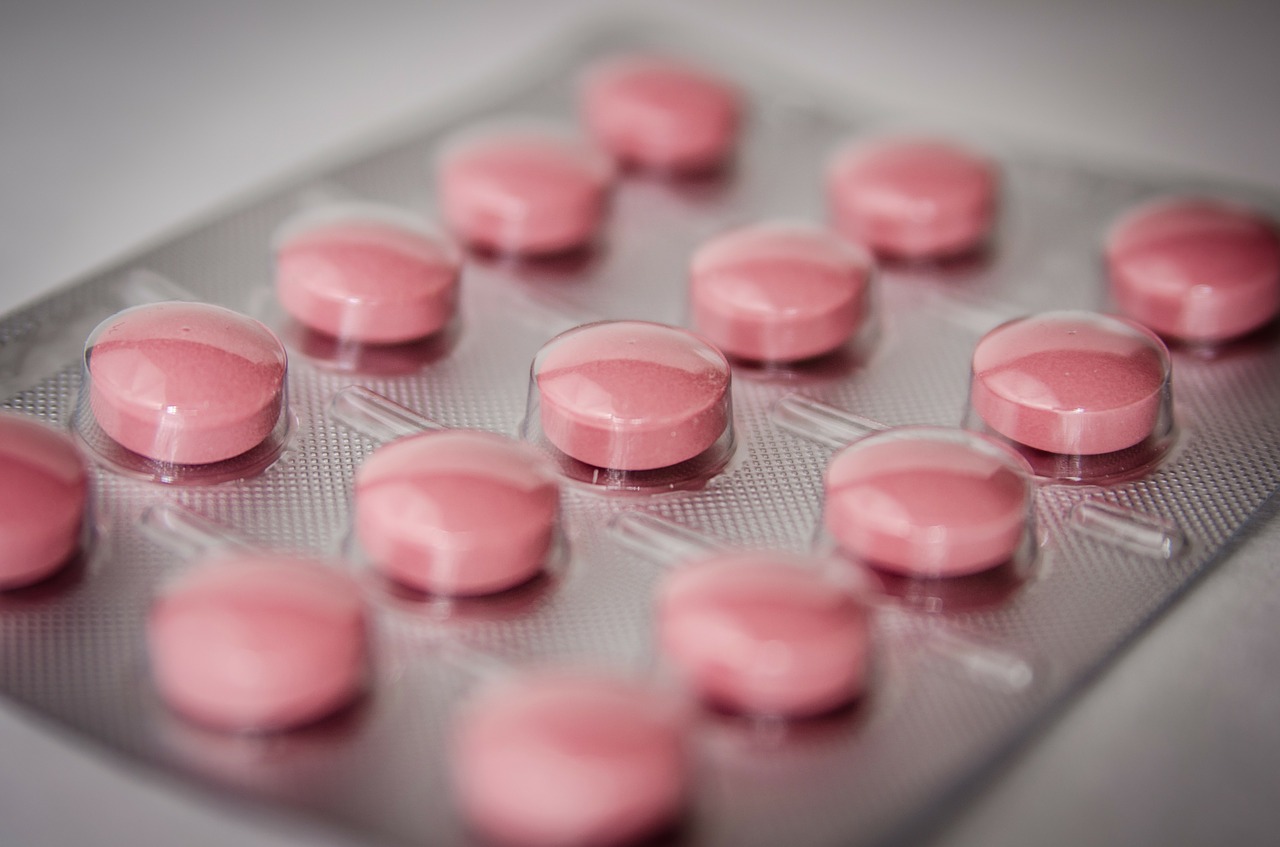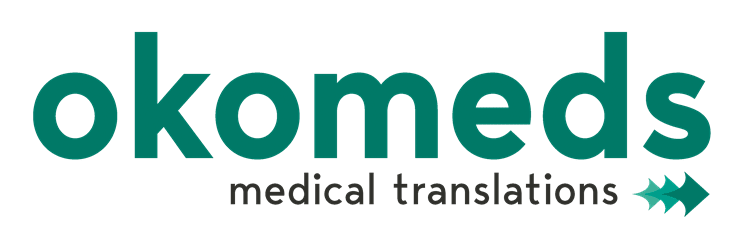
23 Sep Typology of a PIL and main translation features
There is a wide variety of medical documents. In today’s post, we tell you what a PIL is. So, read on!
A PIL – patient information leaflet – is a leaflet that contains specific information about a medicine product, such as its medical conditions, side effects or doses. This document should always be packed to any licensed medicine, which has been carried out according to some procedures regulated by a Health Organisation. In pharmaceutical translation, it is essential to previously know this whole process, but also any PIL feature for offering a quality service.
There are two kind of drugs: “OTC” – Over The Counter – and “POM” – Prescription Only Medicine. In the case of psychotropic, for example, it is very important to previously verify if the product is only sold under field prescription or not. In pharmaceutical translation, that is an essential point as not all countries have the same selling regulation. So, any further researching of the product is never too much for your pharmaceutical translation.
But, what is the typology of a PIL? For any pharmaceutical translation of patient information leaflets, the translator should previously identify some important features: extension, colours, graphics, tables, and – specially – to whom the PIL is addressed.
A PIL usually includes some information as the brand, active substance, description, mechanism of action, indication and use, dosage and administration, contraindications… Depending on the country you are translating for, you may use some standardised patrons (such as a concrete term translation and its precise order). A PIL also contains the pharmaceutical form of the medicament; the most common ones are capsules, drops, injectable solutions, syrups, vials, creams, suppositories and sprays.
Besides, the PIL always specify the drug administration route: oral, nasal, topical, intranasal, anal, rectal, transdermal, subcutaneously, intravenously… The storage of the product and its contraindications should be carefully read. And other additional information as the distribution, the manufacturing, the lot number and the expiration date are essential both for the Patient Information Leaflet and the pharmaceutical translation.
To sum up: there are some features that can be identify in any PIL, and for a good pharmaceutical translation of the product, the translator should perfectly know all of them, but also carry out an exhaustive researching of the medicine.






No Comments